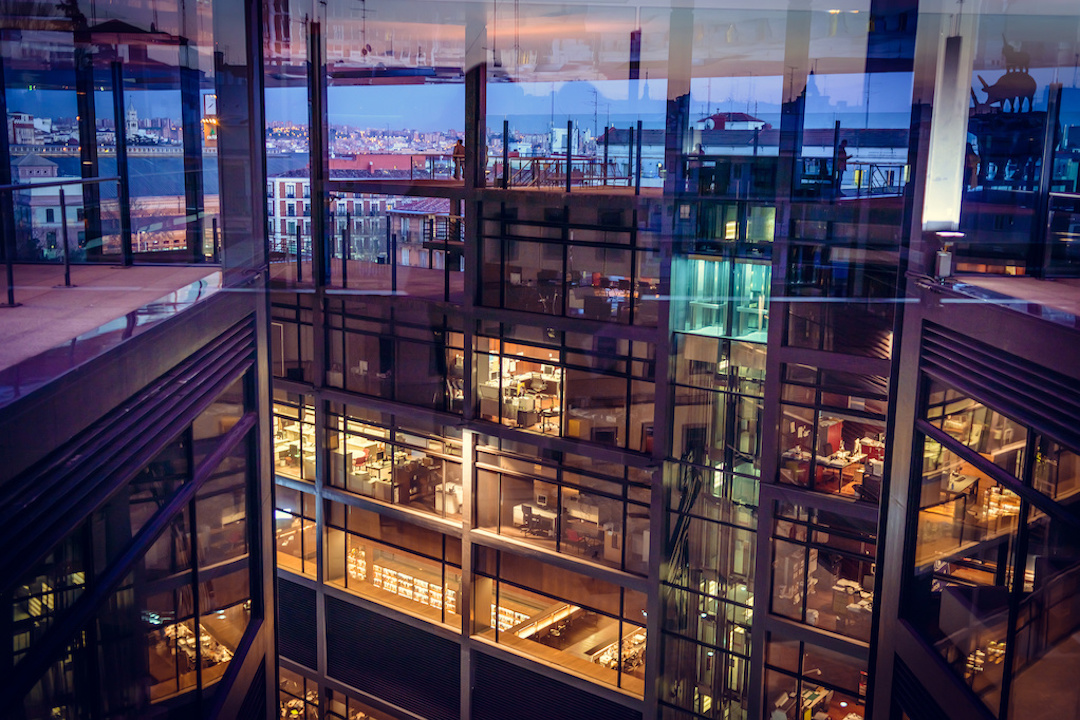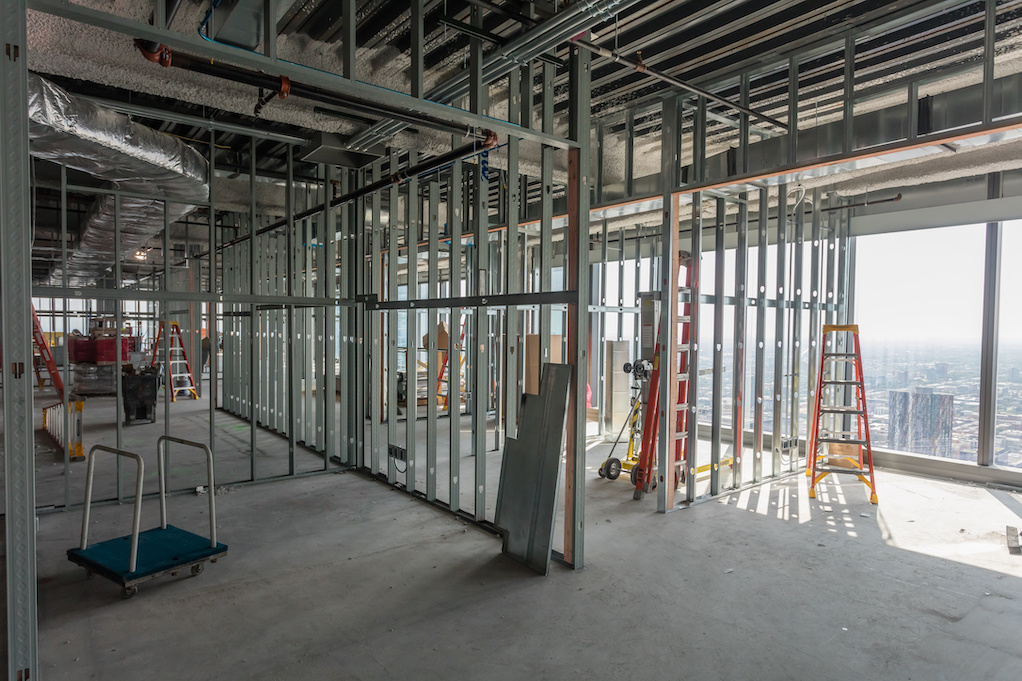What you'll learn in this article:
- The rise of medical and life sciences buildings in the CRE sector amid office market upheaval.
- Shift from centralized to outpatient facilities and the appeal of medical office buildings.
- Challenges and opportunities in converting traditional offices to medical use.
- Future trends and the role of technology in the evolving medical office market.
Amid the office upheaval instigated by the pandemic, the healthcare sector is emerging as a robust and financially rewarding arena, drawing the interest of astute investors.
Because the conventional realm of commercial real estate (CRE) is experiencing a profound transformation, characterized by the ascendance of medical office buildings (MOBs) and life sciences spaces as professionals work around the challenges of office space.
This article delves into the catalysts propelling medical and life sciences structures and examines the diverse opportunities they offer tenants within the continuously evolving CRE market. To stay on top of this and other evolving trends, subscribe to our blog to get top tenant tips sent to your inbox.
All Eyes on the Life Sciences Industry
The life sciences industry has become an unlikely CRE stronghold in the last two years. Unlike other sectors, healthcare and medical product demand remain relatively inelastic, demonstrating resilience even in recessionary times.
The pandemic has further underscored the critical nature of the life sciences sector, resulting in a surge of investments and expansions. This increased demand for office and lab spaces has not only slightly mitigated the adverse effects of the pandemic on the office market but has also positioned the life sciences industry as a focal point for future CRE endeavors. And several evolving factors mark the prolonged success of the industry.
Demographic Trends Driving Demand for Healthcare Spaces
The graying of the population is ushering in a new era of healthcare demands. With the baby boomer population requiring nearly six times more medical visits than millennials, the healthcare market is witnessing unprecedented growth.
Healthcare costs per retiree are projected to range between $260,000 to $600,000, indicating a robust and busy healthcare sector in the coming years. Investors keen on long-term stability are taking notice of these favorable demographic trends, driving interest in the medical office sector.

Shift Towards Outpatient Facilities
Simultaneously, the era of centralized healthcare facilities is evolving into a landscape where outpatient medical offices take center stage. Patients' preference for local, one-stop destinations for examinations, labs, and procedures has triggered a notable shift in medical office space from hospital campuses to outpatient facilities.
Investors are increasingly drawn to the stability and passive income offered by outpatient medical offices, as evidenced by their strong performance metrics.
Comparing Traditional and Medical Office Buildings
While traditional office spaces faced challenges during the pandemic, medical offices continued to garner interest. The unique features of medical office buildings, including operating rooms and waiting areas, contribute to longer lease terms and higher rent collection rates.
The strategic positioning of medical offices as long-term, durable investments with quality tenants has solidified their appeal in the eyes of investors.
Because, despite a 32 percent decline in commercial real estate sales volume in 2020, investors poured $11.2 billion into medical office buildings, showcasing a robust market. In contrast, traditional office transactions fell by approximately 44 percent.

On the other hand, ongoing activity in medical offices has not only sustained prices but has also driven yields on acquisitions, posting a median of 5.7 percent. This resilience in the medical office market is a testament to its attractiveness to investors seeking stable returns in uncertain times.
Office Market Challenges and Repurposing Opportunities
The traditional office sector still struggles with companies opting to modify or cancel lease agreements. Driven by the need to cut fat, a wave of sublet spaces flooded the market, resulting in the severe devaluation of office leases. Landlords were forced to cut their profit significantly, even some going into the red.
However, medical offices maintained their allure, showcasing the divergence in these two sectors.
Of course, the repurposing of existing office buildings for medical purposes emerged as a popular solution, allowing healthcare providers to expand their reach with cost-effective measures. This possibility couldn’t have come at a better time for some landlords. It’s estimated that 1 in 3 landlords are at a risk of default, triggering major fallout for any existing tenants.

And as conversions take the center stage for mitigating such issues, medical steps into the spotlight as an alternative to the challenges of converting offices to residential spaces.
Considerations for Office Conversion
As the trend of repurposing office spaces for healthcare gains momentum, several considerations come into play. The pros and cons of office conversion must be carefully weighed. Development cost savings, accessibility, location advantages, and an established tenant base are among the compelling advantages.
The existing infrastructure, including waiting areas and offices, significantly lowers the need for new construction expenses. This cost-saving benefit allows healthcare tenants to redirect funds towards improving patient care or adopting advanced technologies. And whether in an urban or suburban location, office buildings usually have easy access to main roads and transportation networks. This inherent accessibility helps healthcare providers reach patients more efficiently. The strategic placement of converted medical offices adds convenience for both healthcare practitioners and those seeking their services.

If the office building is in a shopping center, converted medical offices enjoy potential referrals from neighboring businesses. Unlike traditional competitors, nearby businesses are likely to contribute to strong patient retention. This mutually beneficial relationship supports both healthcare providers and neighboring businesses, creating a supportive community ecosystem.
However, challenges such as plumbing and electrical requirements, adherence to healthcare codes, zoning laws, and parking considerations need to be navigated for a successful conversion.
Although development costs may not be the main worry, converting an office may bring extra challenges. Medical offices usually need stronger plumbing and electrical systems than regular offices. Upgrading these systems to meet healthcare standards will bring substantial CapEx and require careful planning.

Changing an existing space into a medical office requires following specific healthcare codes for effective clinical support. Elements like building height, structural capacity, and electrical systems must align with regulations. Not adhering to these codes can cause operational issues, hindering the functionality of the medical office.
The location of traditional offices might clash with zoning laws crucial for medical office buildings. A good understanding of local zoning regulations is vital before starting renovation projects. Misalignment with zoning laws can lead to legal problems, potentially derailing the conversion process.
Having enough parking space is a crucial consideration in medical office conversions. While a regular office typically needs at least four parking spots per 1,000 square feet, medical offices often require at least five to six spaces per 1,000 square feet. The difference in parking needs may bring challenges in meeting demand, potentially affecting the overall functionality and accessibility of the medical office.

Converting a traditional office into a medical office involves weighing pros and cons carefully. Successfully navigating these logistics can lead to a smooth and effective transformation, unlocking the full potential of repurposed medical office spaces.
Future Trends and Concluding Thoughts for Tenants
The medical office market is undergoing significant strides as investors recognize the niche sector's potential. Technology is playing a pivotal role in streamlining healthcare processes, from appointment scheduling to procedures. As the movement of services to outpatient settings continues, health systems are becoming more integral to community healthcare services. By repurposing office buildings, healthcare providers leverage existing structures, reducing capital expenditure and operational timelines.
The medical office market, coupled with advancing technology, is reshaping the CRE landscape, offering a prescription for success in an otherwise challenging environment.
In conclusion, the draw for medical and life sciences buildings in the CRE world is more than a trend; it's a strategic response to the evolving needs of the healthcare sector. Investors who recognize the resilience, stability, and long-term potential of medical office buildings are poised to reap the benefits of a sector that not only weathers economic storms but also plays a vital role in shaping the future of healthcare delivery.
The future of the CRE space belongs to those who stay on top of the emerging trends. So don't risk falling behind on these and other critical forces shaping the evolution of commercial spaces. Subscribe to remain on the cutting edge.
Wondering where to begin?
Related Content
- The Rise and Reset of Life Sciences Office Spaces: Which Cities Are Hotspots?
- The Life Science Impact on Commercial Real Estate
- The Costly Complexities of Office Conversion Projects
- Does Manhattan Have Too Much Empty Office Space? NYC Vacancy Record







